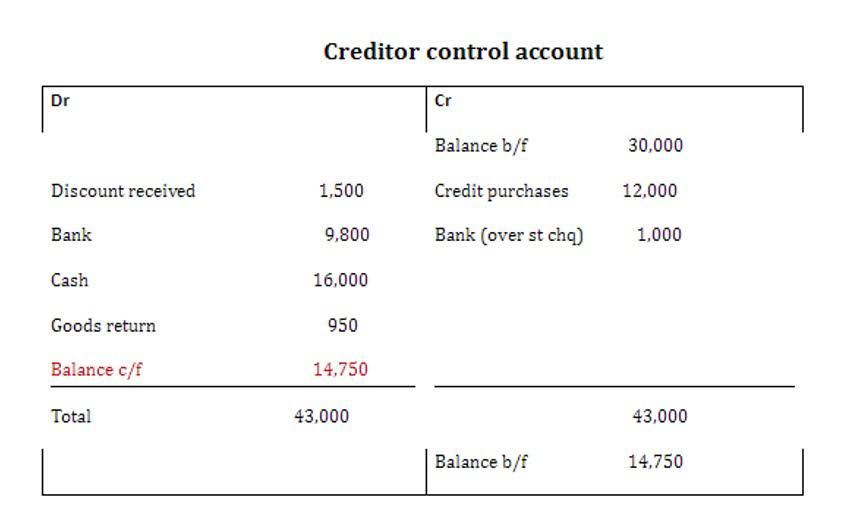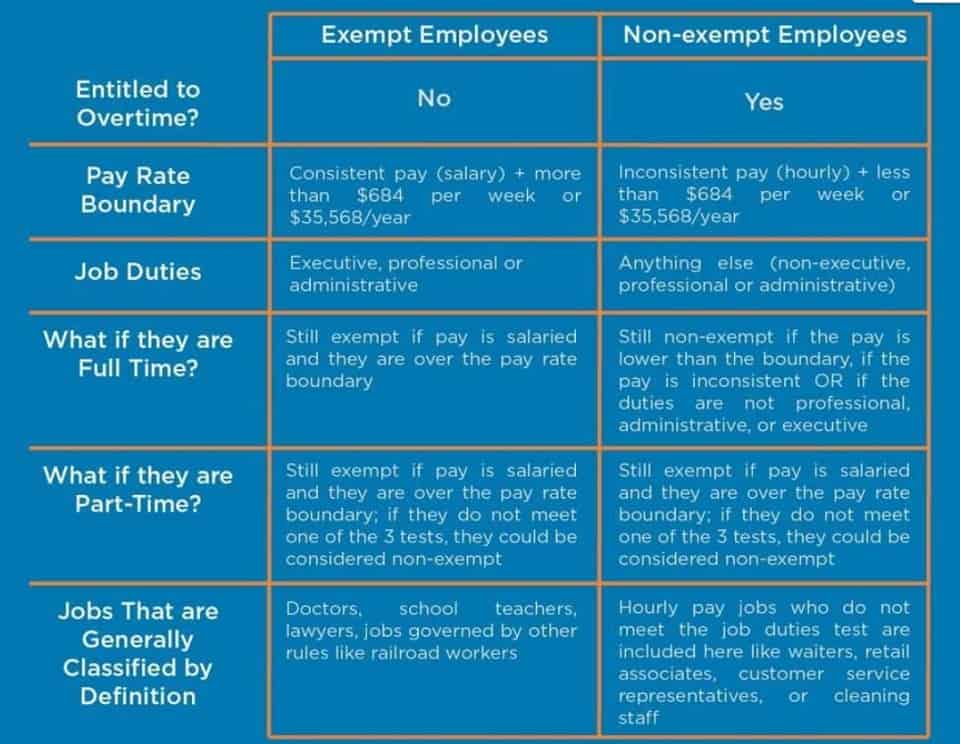
A misrecorded balance can impact financial ratios used by investors, such as current ratio, quick ratio, and return on assets (ROA). Moreover, these errors may lead to regulatory concerns if the bank fails to adhere to required reserve ratios, potentially triggering fines or even legal action. The causes of cash-over-short discrepancies primarily stem from human error rather than intentional internal tampering. In the example above, errors in recording sales prices or miscounts of collected cash are common reasons for differences between reported and audited figures.
Annual pre-tax cash flow is the total cash flow generated by the property in one year, before taxes.

Operating activities refer to the cash generated or spent during regular business operations. This includes cash from sales revenue, payments to suppliers, salaries, taxes, and other expenses. For a deeper How to Run Payroll for Restaurants understanding of how revenue and expense categories impact cash flow, check out this detailed guide. It primarily reflects cash flows from operating activities, providing insights into a company’s ability to generate cash from its core operations. In summary, cash over short, float, petty cash, and reconciliation are all related concepts essential for maintaining accurate financial records.

Do Companies Need to Issue a Cash Flow Statement?
- Withdrawing money from life insurance is tax-advantaged in that the IRS considers your withdrawals a return of the premiums you paid for the policy.
- The term cash over and short refers to an expense account that is used to report overages and shortages to an imprest account such as petty cash.
- A cash flow statement is a cornerstone of financial analysis, offering vital insights into a company’s liquidity and cash management.
- The “known amount of cash” clause implies the investment cannot be subject to major price shifts.
- Internal tampering could cause a business to be over and short in its accounting.
For instance, if a cashier at a retail store rings up an item for $95 but receives $96 from the customer, the reporting system will display a sales figure of $95 and cash receipts totaling $96. Consequently, the difference ($1) goes into the cash-over-short account, which is classified as an income statement account. Cash over and short refers to the difference between the actual amount of physical cash on hand and the amount business records indicate should be present.
Key Ratios and Indicators to Evaluate Business Performance

For example, assuming that we have a cash overage of $10 instead in example 1 above, as a result of having actual cash on hand of $2,800 https://alomran2030.com/index.php/24382/ which is more than the cash receipts of $2,790. For example, a company with $100,000 in operational cash inflows and $70,000 in cash outflows has a net cash flow of $30,000—demonstrating financial stability. Healthy cash flow reflects efficiency, resilience during market downturns, and growth potential.

- For instance, consider a retail chain that consistently experiences cash-over-short discrepancies, leading to inaccuracies in reported sales figures.
- A company with positive cash flow has more money coming in than going out, indicating strong liquidity.
- By detailing cash inflows and outflows, it enables stakeholders to assess operational efficiency and long-term financial health.
- To avoid this, ensure transactions align with their respective categories based on accounting principles.
- Let’s take a look at an example of using the cash over and short account.
- These examples illustrate how to analyze cash inflows, outflows, and identify trends for smarter decision-making.
- In contrast, the indirect method starts with net income from the income statement and adjusts for non-cash items like depreciation and amortization and changes in working capital.
The “known amount of cash” clause implies the investment cannot be subject to major price shifts. They report its total value on the top line of their balance sheet, a statement of cash over definition what is owned and owed. It appears at the top because it is a company’s most liquid, or easily sellable, asset. Cash and cash equivalents (CCE) is a line item on a company’s balance sheet that indicates the amount of money that a company has readily available for use if needed. Policyholders of permanent life insurance have the ability to borrow against the accumulated cash value, which comes from regular premium payments plus any interest and dividends credited to the policy.
Cash and Cash Equivalents: Both Are Cash for a Business
If a company has various cash drawer locations, the cash over and short account holds the net of these differences. In financial management, cash short and over is categorized as a miscellaneous expense or income, depending on whether it is a shortage or an overage. Businesses must accurately classify these discrepancies to reflect their actual financial performance. A firm should note instances of cash variances in a single, easily accessible account. This cash-over-short account should be classified as an income-statement account, not an expense account because the recorded errors can increase or decrease a company’s profits on its income statement.
Interest Rate (%)

For example, a company might report profits on its income statement but face cash shortages if its accounts receivable are high. The cash/flow statement resolves this gap by clarifying real-time cash availability. This makes it an indispensable tool for businesses to assess their operational efficiency and plan for the future. Walmart’s investments in property, plant, and equipment (PP&E) and acquisitions of other businesses are accounted for in the cash flows from investing activities section.
- This results in annual debt service of $420,905, and a loan constant of over 7%.
- Cashiers or tellers might miscount cash received, record incorrect sales prices, or make other errors that create a disparity between reported sales and actual collections.
- Consistent training for employees who handle cash ensures they understand proper procedures for transactions, counting, and reconciliation.
- Addressing these requires robust internal controls and regular audits to ensure financial accuracy.
- Transaction errors, such as mistakes in recording sales or returns, or incorrectly voiding transactions, can also lead to discrepancies.
- In an asset-intensive industry, it makes sense to measure the productivity of the large investment in assets by calculating the amount of cash flow generated by those assets.
Impact of Negative Cash Flows
It’s crucial for businesses to acknowledge these potential causes of cash-over-short incidents and implement appropriate controls and procedures to mitigate their risks. Transaction errors, such as mistakes in recording sales or returns, or incorrectly voiding transactions, can also lead to discrepancies. While less common, technical glitches in cash handling equipment or flaws in established cash handling procedures can contribute to these variances.

